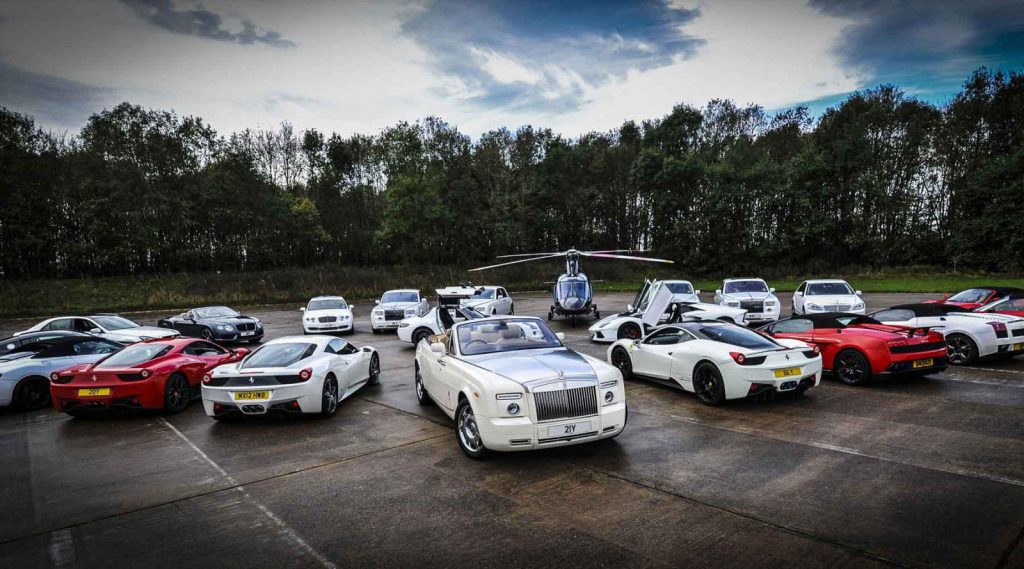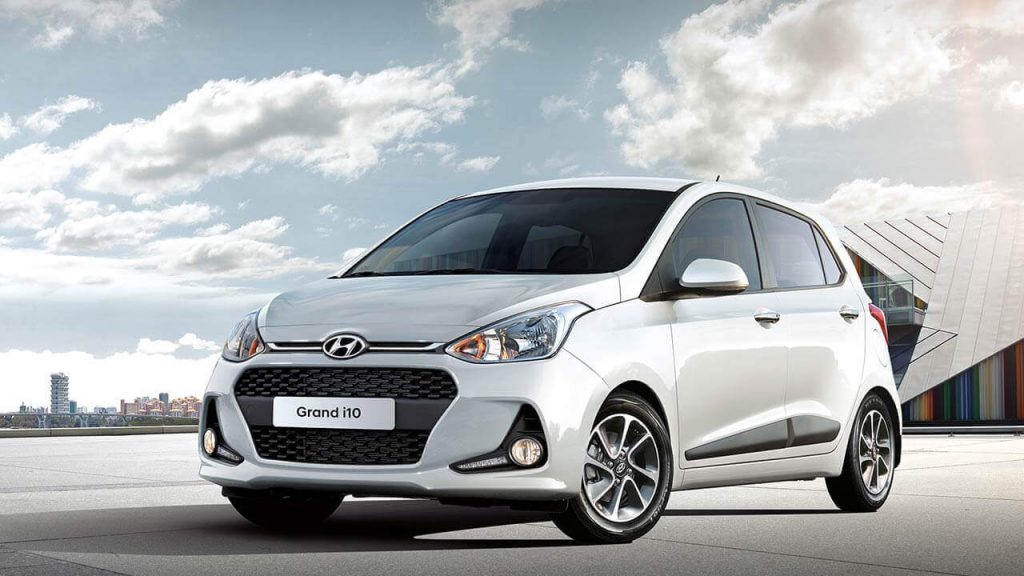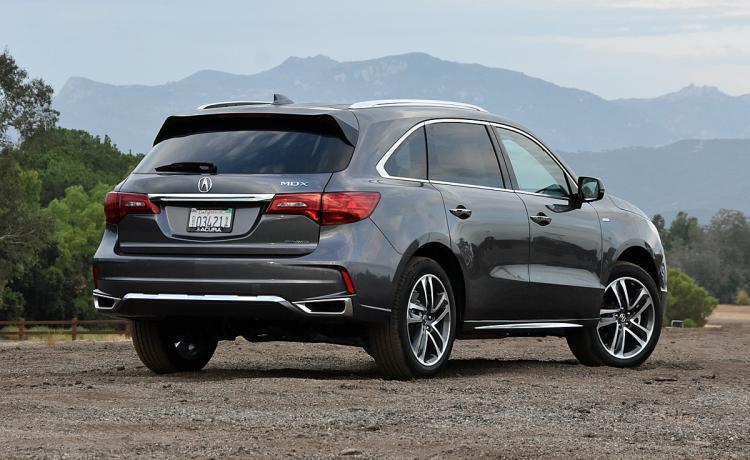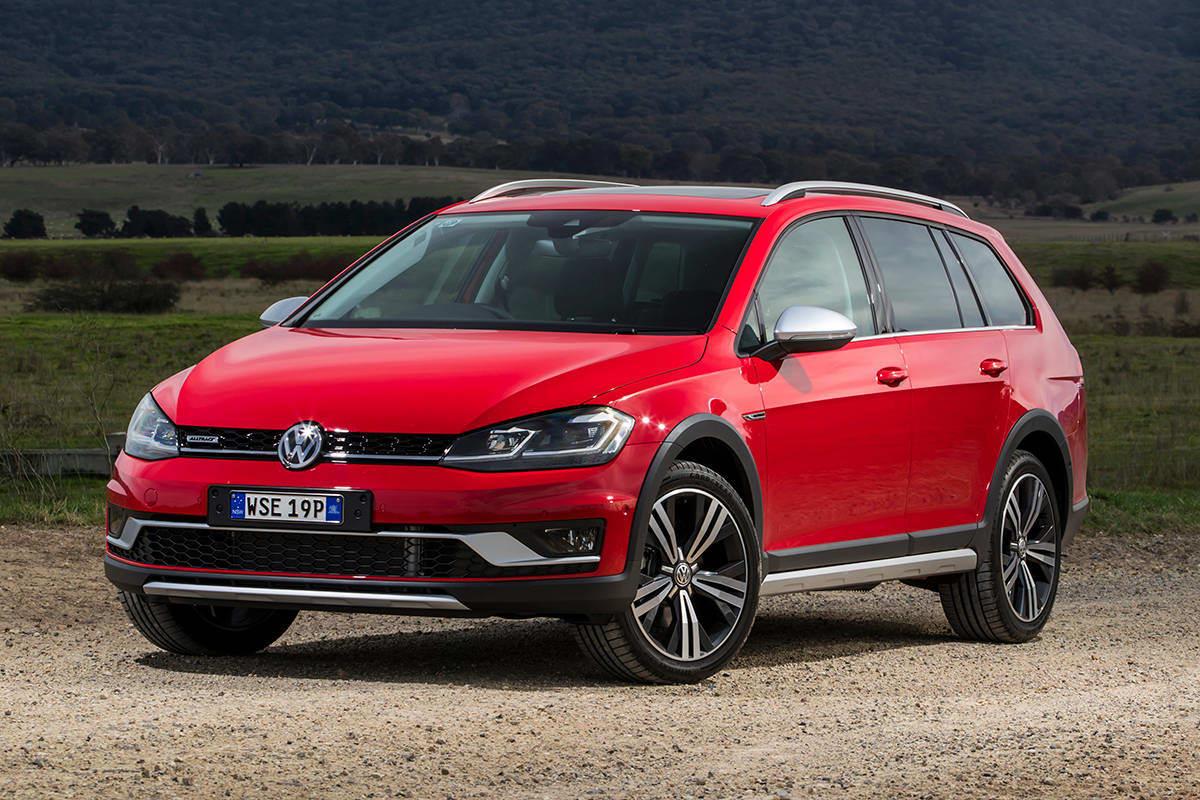Different Types of Cars – Everything You Wanted to Know
Every industry has its own complicated and seemingly unending jargon that normal people cannot comprehend often. Similarly, the words related to the world of automobiles are puzzling to people who are not car enthusiasts. But, how will you differentiate between a sedan and a station wagon if you don’t know anything about the types of cars?
Every person buys their car depending on their requirements. Some people want it to have more cargo space while some may admire the off-road abilities or the fuel efficiency. How do you choose the style and specs that you are looking for? Let’s find out:
With over 100 years of development history, nowadays cars are classified according to many criteria such as size, number of seats, function… The classification of car types partly serves the diverse needs of many customer segments, making it easier for customers to choose a model that suits their needs and budget conditions.
Types of Cars Based on Curb Weight
The four-wheeled vehicles can be categorized based on size, appearance, style, and utility. Well, they can also be divided by the curb weight:

Subcompact (curb weight less than 2,500 lbs) – It’s the American term for a car that is smaller than a compact model but larger than a microcar. Their length does not exceed 165 inches and requires less power and less fuel than their compact counterparts.
Compact (curb weight between 2,500 and 2,999 lbs) – They fall between a subcompact and a mid-size car. Their sizes vary depending on whether the car is sold in the United States or Europe and the utility style but it will be between 161 inches and 185 inches.
Mid-size (curb weight is between 3,000 and 3,499 lbs) – They are referred to as large family cars and their sizes are greater than the compact versions.
Full-size – (curb weight more than 3,500 lbs) – These cars are bigger than all the other types. They can comfortably carry up to six passengers along with their luggage for long-distance trips.
Every car shape explained:
See more:
Types of Cars: Classifications Based on Size and Usage
A car may fit more than one category when distinguished on the basis of style. It seems that classification based on utility is the most diverse.
Economy car
As the name suggests, these automobiles are cheap and designed for low-cost and low-maintenance operation. The lightweight, small vehicles are perfect to be someone’s first car. Some of the sub-categories of these automobiles are:
Microcar
Most popular in Europe during the post-war period, these bubble card has unorthodox body structures, two passenger seats, and engines less than 1.0 liter. Tata Nano car is a recent example of this category.
Hatchback
Hatchbacks are an excellent choice for areas where fuel price is high and parking space is limited. Available in three- and five-door options, their most notable feature is the large backside door that gives access to additional cargo space. The structure of the Hatchback line is a bit different from the sedan line. Accordingly, the rear of the Hatchback does not extend into the trunk but cuts straight at the back, creating a new door. This space can be folded down to create a very flexible storage compartment.
In addition, the ground clearance is quite high, making the vehicle move quickly and easily overcome bad and muddy roads.

These vehicles can be divided into:
- City cars
- Supermini/subcompact cars
- Compact cars
Some examples of such types of cars are Hyundai Grand i10 and Renault Kwid.
Family car
It refers to a group of vehicles that have enough utility and safety features to carry a whole family. The family cars can be divided into two groups:
Small and large family cars – They refer to hatchbacks small-size saloons and estate models. Their size ranges between 167 inches and 177 inches. With engine power ranging from 1.4 to 2.2 liters (which can sometimes extend to 2.5 liters), these cars have enough room for three to five adults in addition to their luggage. Toyota Auris, Renault Megane, and Peugeot 308 are some of the examples of these vehicles.
Saloons/Sedans
‘Saloon’ is the British variant of the term Sedan. The four-door automobiles can carry four or more people. The three-box structure features separate storage, a passenger cabin, and an engine compartment. These vehicles are comfortable for the passengers but not great for cargo transportation because of the narrow opening and limited space in the cargo trunk.
The low ground clearance and good aerodynamic index mean that when using a sedan, drivers can feel the smoothness of driving at high speed. Some popular sedans you can refer to such as Toyota Vios, Mazda Axela/Mazda3, Honda Airwave,…

Sedans have further classifications, falling into full-size, mid-size, luxury, and executive types. However, the two types worth mentioning are:
Crossover SUVs – A mashup of SUVs and regular hatchbacks, crossovers have larger wheels and enhanced ground clearance. Some of them may look like off-road vehicles. Some models may have a four-wheel drive system but they are the most suitable for city roads. Acura MDX, Toyota RAV4, and Renault Captur are some crossover vehicles.
Minivans/MVPs – These are much smaller than vans but they have the capacity to carry both passengers and cargo. Honda Odyssey and Toyota Sienna XLE are examples of these multi-utility vehicles.
Luxury vehicles

The term refers to vehicles that are equipped with luxury features beyond what is necessary. These cars are expensive because of having innovative design, high level of comfort, technological advancement, and more precise construction.
The luxury vehicles have several sub-types such as compact executive, executive, and grand saloon and these types have already been discussed. Another sub-division is:
Estate cars/Station wagons – Quite similar to the body style of hatchbacks, these cars have an elongated rear side and roof, making room for adding a third row that provides adequate space for luggage. Some examples of these cars are the Nissan Avenir, Volkswagen Golf Alltrack, and Buick Regal TourX.
Sports cars

The types of cars refer to automobiles that provide high-class performance at high speeds. These are often two-seaters that have powerful drivetrain and sharp steering. Most sports cars are designed for public roads but there are many upgraded models that are used in the racing arena. Bugatti Veyron, Porsche 911, and Mazda MX-5 are some of the examples.
Off-Road vehicles
Also known as four-wheel drive, 4WD, and 4×4, the term suggests vehicles that have a two-axle drivetrain and supply torque to all the wheels at the same time. The cars that provide torque to both axles are known as all-wheel drive or AWD. The best known off-road vehicles are sports utility vehicles (SUVs).
Sports Utility Vehicle or SUV – These cars have a large body with a capacity to carry 5 to 7 people. They have great off-road capabilities and can smoothly run on jungle tracks and uneven roads. But, the downside is they are not very fuel-efficient. You can group them into compact, mid-size, and full-size SUVs. Some examples are Range Rover Sport, Chevy Travera, Jeep Cherokee, Honda CR-V, and more.
Wrapping Up
In conclusion, the world of cars encompasses a wide array of options, each designed to meet specific needs and preferences. From compact hatchbacks to luxurious sedans, rugged SUVs to sleek sports cars, and eco-friendly electric vehicles to powerful hybrids, there is a vehicle out there for every individual. We hope that the article will give you useful information to help you make the right decision when buying a car.














